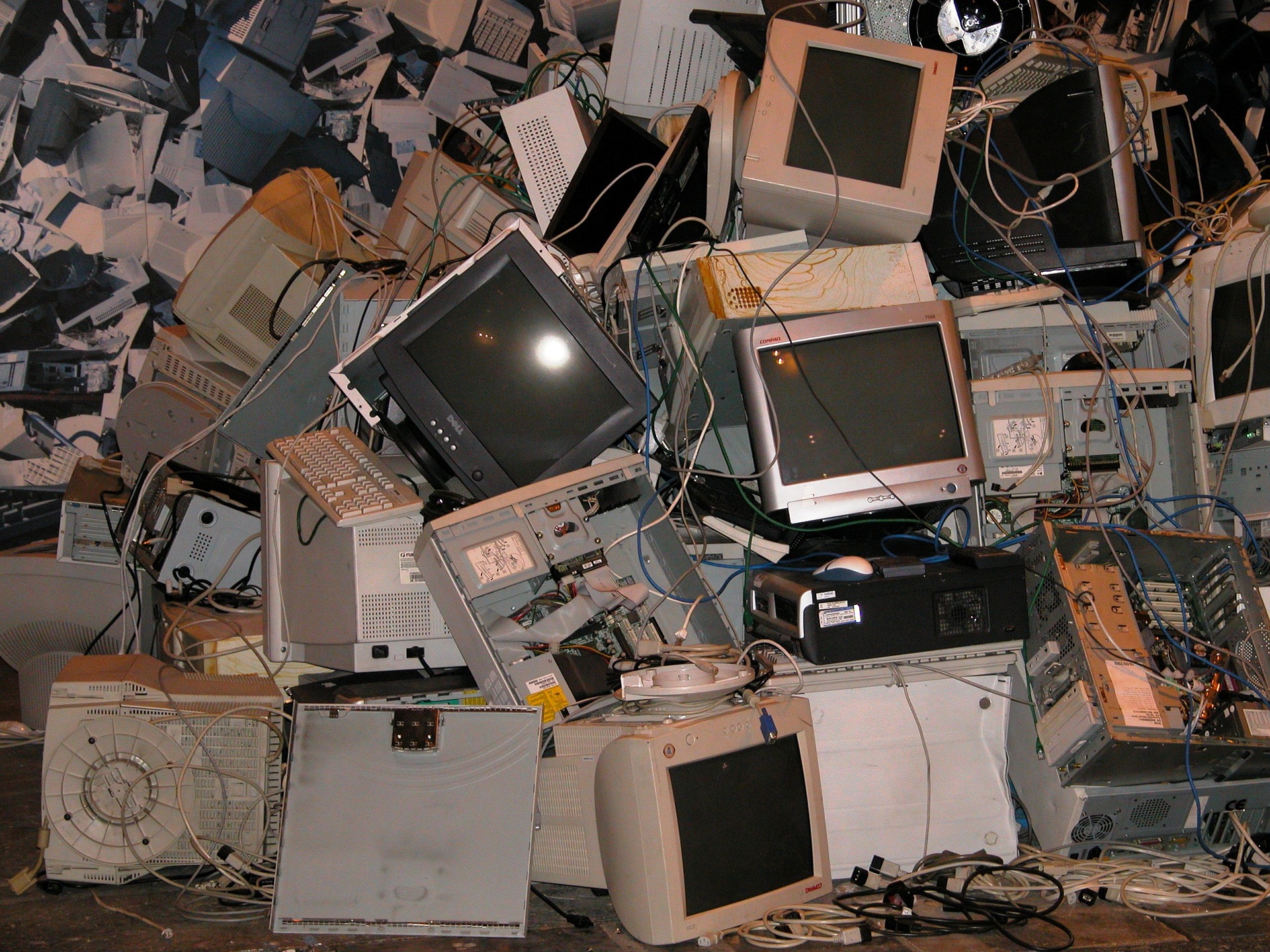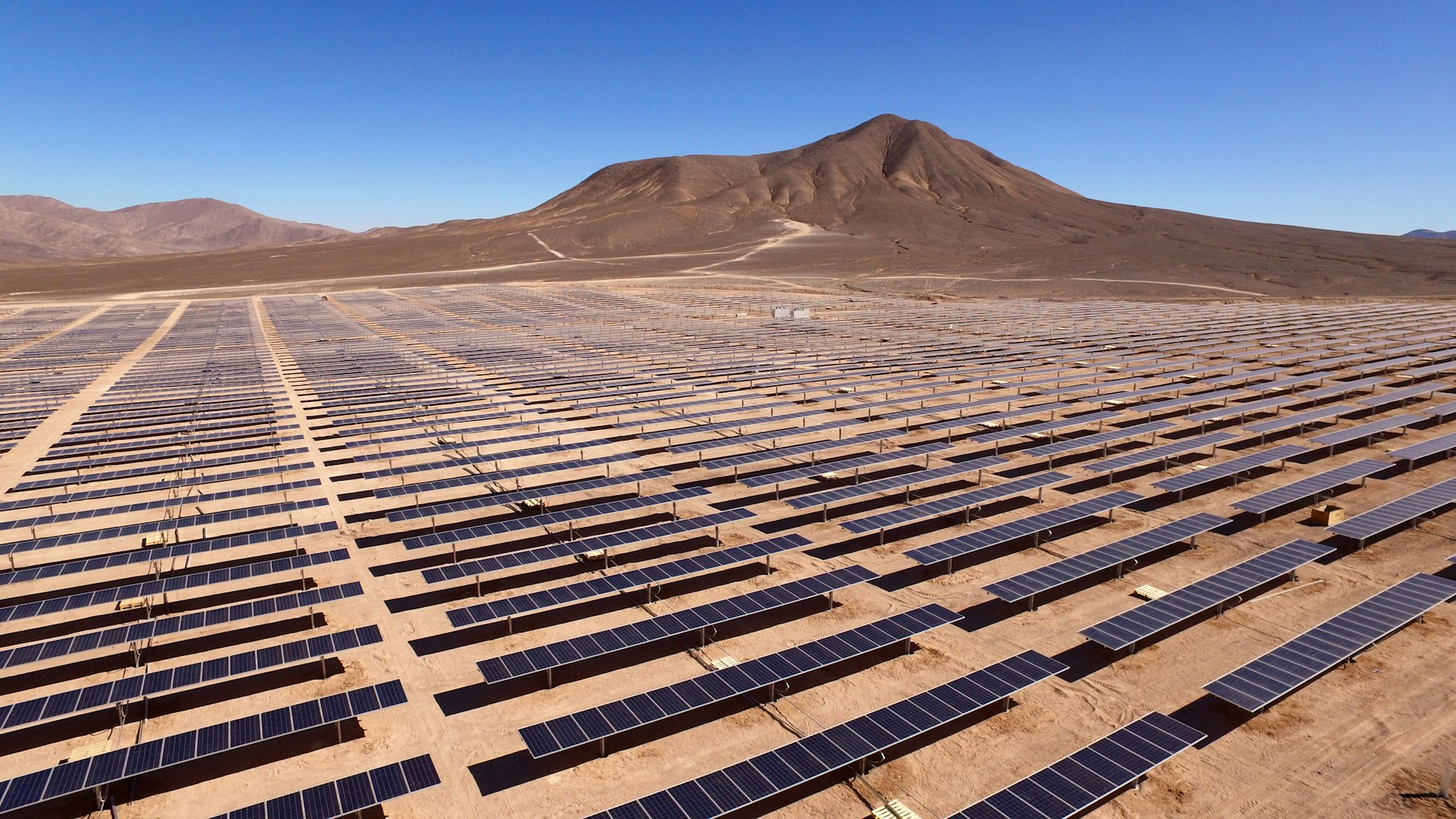The Growing Issue of Electronic Waste
Electronic devices are within easy reach of a large share of the global population. The smartphone user base currently stands at 6.37 billion – up from 3.67 billion only five years ago. Estimates peg that, by 2026, there will be as many as 7.5 billion smartphone users worldwide. Personal computers, meanwhile, saw a huge spike in ownership in 2020 amid the shift to remote work and online learning. Over 172 million units have already been sold globally in 2021.
But smartphones are only one of several electronic devices that an average household uses. In the US, for example, there was an average of 11 devices per household in 2019 itself. With the advent of 5G and the growing uptake of IoT, the number of devices used will increase further. But electronic devices have a relatively short lifecycle. They could either stop functioning or become obsolete. In simple terms, it ultimately becomes waste.
In case of organic, plastic or paper waste, there are now well-established guidelines. For electronic or e-waste, however, there is clearly less clarity on disposal frameworks, more so in emerging economies. What then becomes of the millions of tons of e-waste generated annually?
Crude Recycling Practices Pose Serious Threats
E-waste is often shipped to emerging economies from developed ones. According to the US Environmental Protection Agency, “An undetermined amount of used electronics is shipped from the United States and other developed countries to developing countries that lack the capacity to reject imports or to handle these materials appropriately”. The Basel Convention framework did outline the prohibition of this practice but a loophole exists. Discarded electronics can be shipped to a third country by deeming the e-waste as material that can be repaired.
Meanwhile, a 2019 UN report highlighted that annual e-waste generation amounted to a massive 50 million tons, worth over $62.5 billion. However, only an estimated 20 percent of e-waste is recycled using safe practices. The bulk of it is directed to landfills or to informal—albeit hazardous—recycling units in emerging economies. When e-waste is disposed in landfills, its immediate consequence is the contamination of ground water sources.
E-waste importers and recyclers in emerging economies are motivated by the perceived rewards of harvesting precious metals from discarded devices. However, the recycling processes used are often crude and pose serious threats to workers engaged in these units. The environmental impacts are also high. Open air burning and the use of acid baths are regular practices in informal e-waste recycling facilities. Exposure to lethal elements such as lead, arsenic, cadmium, and mercury is commonplace.
The disheartening reality is that the informal e-waste recycling sector thrives because it is a large employment generator. Often, where safer employment opportunities are unavailable, there is no option but to enlist where a steady income is assured. In Nigeria, for example, as many as 100,000 workers are employed in the informal e-waste sector. The African economy, meanwhile, does have a formal waste recycling framework in effect to encourage the adoption of safe practices.
There are Earnest Attempts to Arrest the E-waste Threat
The International Electronics Recycling Congress (IERC) is a multilateral event with participation from over 500 of the world’s premier e-waste recycling companies, technology providers, original equipment manufacturers, and policymakers. 2022 will mark the IERC’s 20th year.
A similar collaborative effort is the E-waste World Conference and Expo. Besides deliberations on responsible e-waste recycling, green solutions, and material recovery techniques, experts will also discuss ways to reuse e-waste.
The Electronics TakeBack Coalition (ETBC) is a non-profit organization that encourages the adoption of responsible practices in the e-waste recycling sector. The ETBC implores consumer electronics manufacturers to take full responsibility to not only offer products that keep sustainability at their core, but to also ensure their safe disposal.
In the private sector, there are several leading organizations that specialize in e-waste recycling. These include Aurubis (Germany), Umicore (Belgium), and Boliden (Sweden).
In terms of successful government efforts, Switzerland has emerged a global leader in e-waste recycling. In 2019, it recycled as much as 75 percent of all its discarded consumer electronics. The recycling rate topped 95 percent for smartphones. Switzerland is also assisting Ghana in adopting a more conscious approach to e-waste recycling. In a dubious distinction, the African economy’s Agbogbloshie landfill acquired the moniker of being the world’s most polluted area – ahead of even Chernobyl in Ukraine.
Much as there is growing awareness around safe solid waste disposal practices, there is need to allocate focus towards e-waste. In a pandemic affected world, where device usage has grown exponentially, there will be a corresponding increase in e-waste volumes too. More than governments or organizations, there is need for individuals and households to step up to the cause, look up e-waste disposal sites in their vicinity, and take the lead in being agents of change.
Photo Caption: Electronic waste or e-waste is now a serious concern for countries around the world, especially emerging economies.



